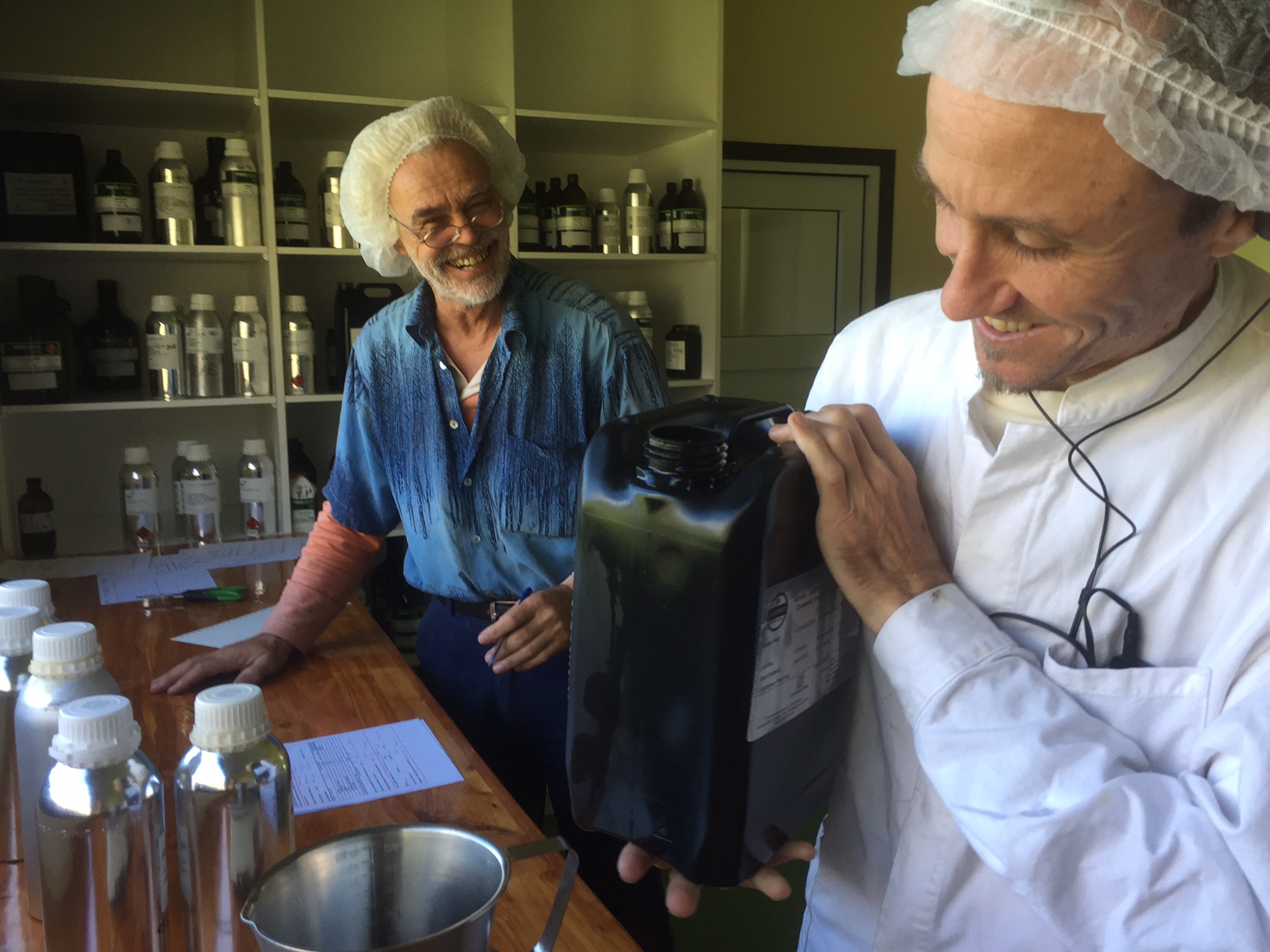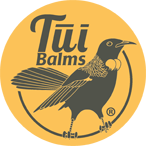Safety & Storage of Tui Balms

Our products are safe to use and are generally non-allergenic. However, individuals respond differently to substances, so it is impossible for a manufacturer to create a product range that will be free of reaction under all circumstances for all people. If you are aware you have sensitive skin, we recommend patch testing for 24 hours before use.
Ingredients used in Tui products, including the essential oils, are included at levels considered appropriate and safe. We have externally certified safety data sheets for all of our products. Where warnings are required, they are clearly displayed on the label.
We select our ingredients so that they are a safe choice for children, babies and pregnant mothers. Commonsense is still required with applications of Throat & Chest, Cooling & Soothing, and Warming & Easing Balm in particular. These products can cause sensation on the skin and should be kept away from the eyes and mucous membranes.
You can access Safety Data Sheets for all products in pdf format HERE.

Common allergies and Tui Balms
Bee Sting Allergy
There is no bee venom in the beeswax. The only other bee-related product we use is Propolis, used only in Bee Balm. Propolis is not a product made by bees, but is the resin and gum of plants collected by them. Consequently, even people with allergies to bee stings should have no problem with our products. However, the choice is always in the hands of the individual.
Nut Allergy
The only nut oil we use is almond oil and only in the massage balms. If you have a nut allergy, we recommend Coconut & Aloe Vera and Nut Free Unscented for massage, as this is nut oil free. Also nut oil free are: Bee Balm, Baby Balm, Throat & Chest, Bug Balm, Bug Spray, Arnica Cool-Cooling & Soothing, Warming & Easing, Heat Balm, Foot Balm and all Lip Balms.
Storage and Shelf Life
Despite the fact that all Tui products are protected with anti-oxidising vitamin E, they are still subject to rancidity if not stored correctly. We recommend that all jars be stored in a cool place, away from direct sunlight. Rancidity in a product is usually indicated by a sharp smell or by a lightening in the colour of the wax. All the products do vary in colour though. This is because of the different ingredients used and seasonal variance in the appearance of the ingredients. So a variation in colour alone is not necessarily an indication of rancidity.
If stored appropriately we guarantee a shelf life of two years and expect longer. To check for the best-before-date of your product, look at the batch sticker on the bottom of the jar (e.g. JUN22).
TLC for your Balms
Here are our top tips for keeping your Balms in the best condition, allowing them to last as long as possible:
1) Wash your hands – Clean hands will minimise any potential cross-contamination and support best shelf life.
2) Use a spatula – We recommend using a clean spatula to dispense what you need, then returning the tub to a cool place while you work. We sell wooden spatulas via our website.
3) Keep it cool – Leaving your Balm in a hot place, such as next to a heater or in a car in the sun, will reduce the shelf life and may cause it to melt and separate like butter. This can damage the product. We recommend keeping your product at a stable room temperature, below 23 degrees Celsius.
4) In extreme heat, use a fridge – If the room you store your Balm in gets very hot, or stays above 23 degrees Celsius for a prolonged period of time, you may find it helpful to keep it in the refrigerator. This can help extend shelf life and will also aid the product staying firm before use.
5) Keep the lid on – Remember that small particles like dust and dirt can get into the Balm if the lid is off. You may find it helpful to dispense what you need into a bowl or onto the back of your hand, then putting the lid back on the tub before starting the treatment.

